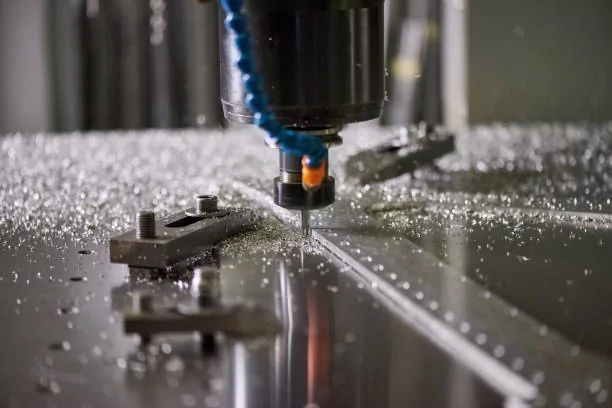From Digital Design to Real-life Creation: Understanding the Process of Metal CNC Machining
Cuerpo
When it comes to manufacturing precision metal parts, CNC machining is a crucial process that bridges the gap between digital design and real-life creation. Understanding the intricacies of metal CNC machining is essential for engineers, designers, and manufacturers alike. In this article, we will delve into the process of metal CNC machining, exploring its various stages and the technology behind it.

The Basics of Metal CNC Machining
Metal CNC machining, also known as computer numerical control machining, is a manufacturing process that utilizes pre-programmed computer software to dictate the movement of machinery and tools. This process is commonly used to produce complex metal parts with high precision and accuracy. The journey from digital design to the final metal part involves several key stages, each of which plays a crucial role in the overall process.
From Digital Design to CAD/CAM
The first step in the metal CNC machining process begins with the digital design of the part. Using computer-aided design (CAD) software, engineers and designers create a detailed 3D model of the metal part, specifying dimensions, tolerances, and other critical parameters. This digital design is then translated into machine instructions using computer-aided manufacturing (CAM) software, which generates the toolpaths and machining operations required to produce the part.
The Role of CNC Machining Centers
Once the CAM software has generated the toolpaths, the next stage involves the setup of CNC machining centers. These sophisticated machines are equipped with various cutting tools, such as drills, end mills, and lathes, which are controlled by the CNC software. The metal workpiece is securely mounted onto the machine, and the CNC program is initiated to commence the machining process. The CNC machine precisely follows the programmed toolpaths, removing material from the workpiece to shape it according to the digital design.
Finishing and Quality Control
After the metal part has been machined, it undergoes finishing processes to achieve the desired surface texture and dimensional accuracy. This may involve techniques such as deburring, sanding, or coating. Additionally, quality control measures are implemented to ensure that the finished part meets the specified tolerances and standards. Advanced metrology equipment, such as coordinate measuring machines (CMM), is used to verify the dimensional accuracy of the machined part.
From digital design to real-life creation, the process of metal cnc machining exemplifies the seamless integration of technology and manufacturing. By harnessing the power of CAD/CAM software and CNC machining centers, engineers and manufacturers can bring intricate metal designs to life with unparalleled precision and efficiency. As technology continues to advance, the capabilities of metal CNC machining are poised to reach new heights, revolutionizing the way metal parts are fabricated.









Comentarios